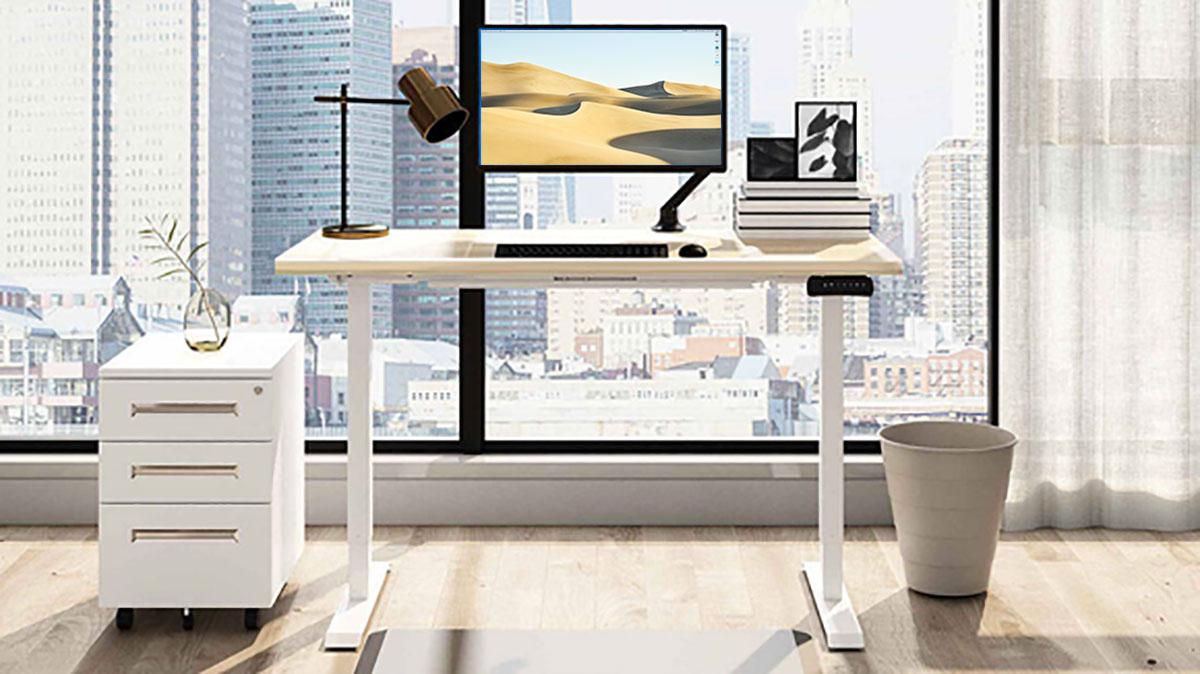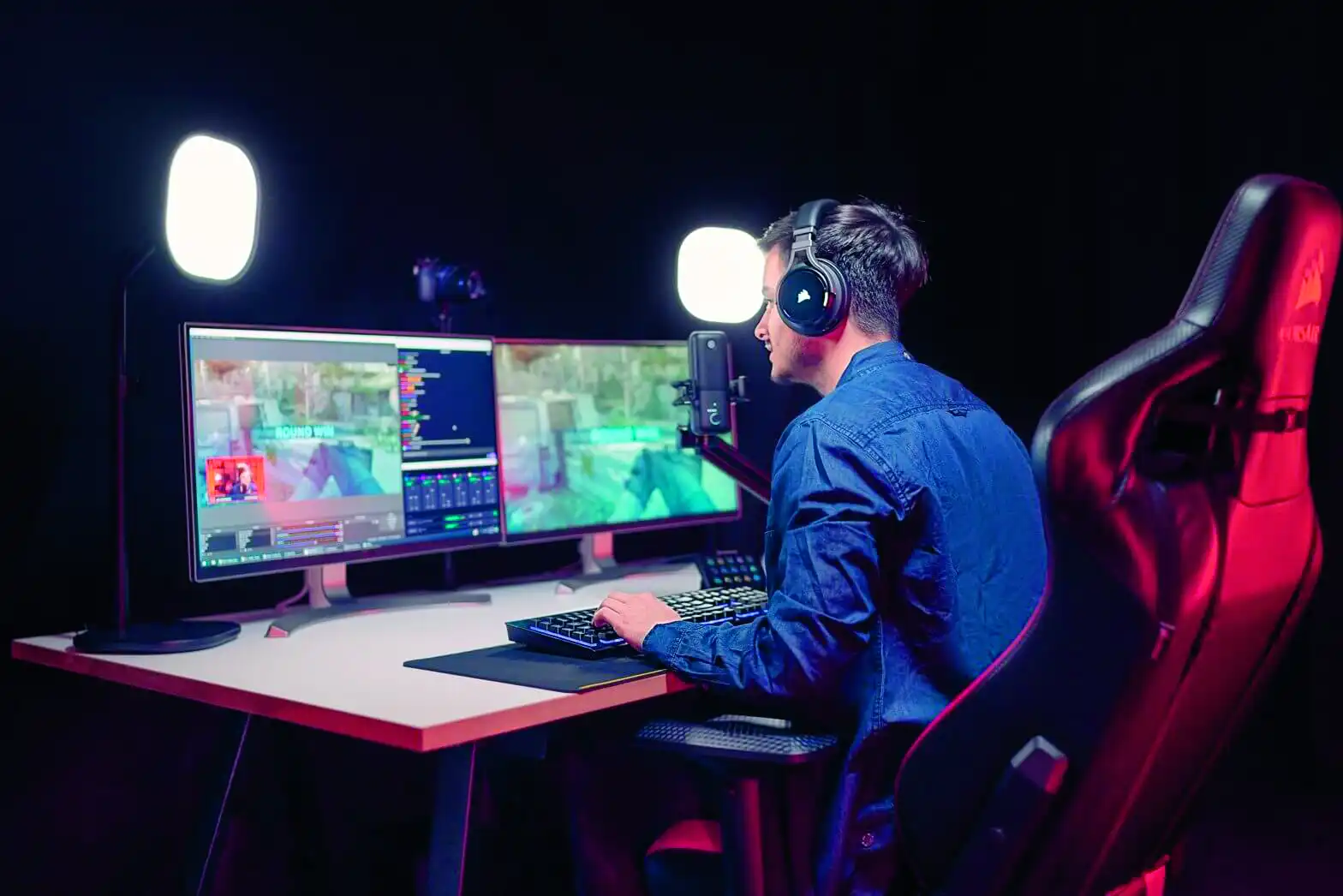Paying attention to proper ergonomics while you work at your PC will make you more comfortable now, and in the long term.
It might seem like the world has gone mobile, but the majority of people still sit in front of a stationary computer for many hours throughout the day. To keep your body healthy and happy in this endeavor, it’s important to know how to sit in front of the computer.
According to recommendations of the high-tech association Bitkom, an ergonomically set up workspace, whether it’s at an office or at home, ensures optimum comfort and productivity. Back pain is one of the most frequent reasons for sick leave and a lack of exercise and sitting in front of the computer for a long time in the wrong posture are considered to be root causes of back pain.
To avoid such problems, Bitkom recommends setting up the PC workstation optimally as follows:
Adjust the height of the desk and chair correctly
When adjusting the height, make sure that the upper and lower legs as well as the upper and lower arms are at right angles to each other. Keyboard and mouse are in the same plane as elbows and palms.
Sit dynamically
A good office chair is height-adjustable and has a flexible backrest that adapts to the user’s movements. The feet need a firm support. For smaller people, a footrest can be useful.
Keep a sufficient distance from the screen
PC users should maintain a viewing distance of at least 20 inches from the monitor. For larger devices, the distance can be up to 30 inches or more.
Lighting from the side
The workplace should receive sufficient daylight and the monitor should be positioned at right angles to the window. This avoids glare and reflections that can strain the eye and cause fatigue. If the light is too bright, sunshades should be used.

Flexispot
Keep moving
People are not made to sit for long periods of time. Make sure you get enough exercise in your working day. A short exercise program can help. Further information is available from health insurance companies, among others.
Ergonomic work with laptops and tablet PCs
More and more computer users regularly work on a mobile laptop or tablet PC. These portable devices have smaller displays and the keyboard, screen, and mouse are permanently connected. Ergonomically, this has disadvantages because the working posture is restricted.
Bitkom therefore recommends connecting an external keyboard, mouse and, if possible, an external monitor when using a notebook as a stationary device. For tablet PCs, there are accessories such as holders for the monitor and external keyboards that make working more comfortable.
Further reading: See our roundups of the best wireless keyboards and best home office monitors to find quality peripherals for your workplace setup.



